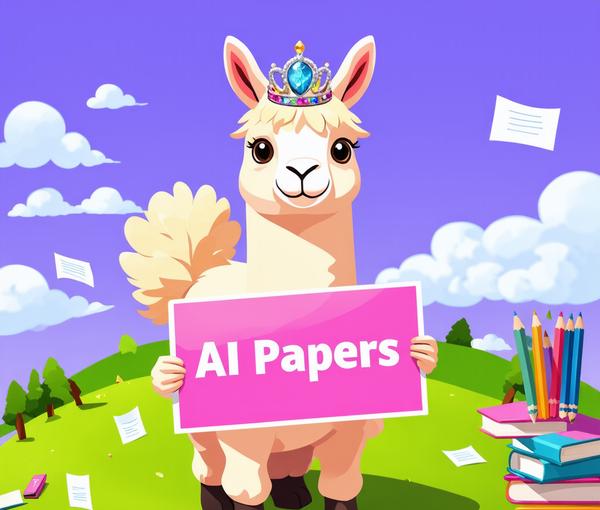Building a Basic AI Chatbot with Python
A step-by-step exploration of creating a voice-enabled AI chatbot using Python, integrating speech recognition, text-to-speech conversion, and natural language processing through various APIs and libraries.

Creating an interactive AI chatbot using Python has become increasingly accessible with modern tools and APIs. This article explores how to build a basic voice-enabled chatbot that can engage in conversations through speech recognition and synthesis.
The architecture of this voice-enabled chatbot consists of four main components:
Speech input is captured using the PyAudio library, which handles audio recording through the computer’s microphone. The system records user speech for a fixed duration and saves it as a WAV file. This process uses Python’s wave module to handle audio file operations.
For speech-to-text conversion, the system leverages Baidu’s AI platform API. This powerful service accurately converts spoken language to text, supporting multiple languages including Chinese. The implementation requires an API key from Baidu’s AI platform, which offers free usage quotas for individual developers.
The conversational intelligence comes from the Qingyunke chatbot API, a free service that processes text input and generates appropriate responses. This API requires no registration and can be accessed through simple HTTP requests, making it ideal for prototyping and learning purposes.
Finally, text-to-speech functionality is implemented using the pyttsx3 library, which converts the chatbot’s text responses back into spoken words. The speech rate and voice characteristics can be customized to create a more natural interaction experience.
Here’s what makes this project particularly interesting:
- The system operates in real-time, processing speech input and generating responses within seconds
- It demonstrates practical integration of multiple AI services and libraries
- The code structure is modular, making it easy to modify or enhance individual components
- The project serves as an excellent foundation for more sophisticated AI applications
The core functionality is achieved through several Python packages:
- PyAudio for audio recording
- Baidu AI SDK for speech recognition
- Requests library for API communication
- pyttsx3 for speech synthesis
This implementation showcases how modern AI technologies can be combined to create interactive applications. The chatbot’s responses, while sometimes quirky, demonstrate the potential of AI-powered conversation systems.
Future enhancements could include a graphical user interface, improved error handling, support for multiple languages, and integration with more advanced language models. The modular design makes it straightforward to upgrade individual components as better technologies become available.
This project exemplifies how Python’s rich ecosystem of libraries and APIs enables developers to create sophisticated AI applications with relatively little code. It serves as an excellent starting point for those interested in exploring AI development and natural language processing.